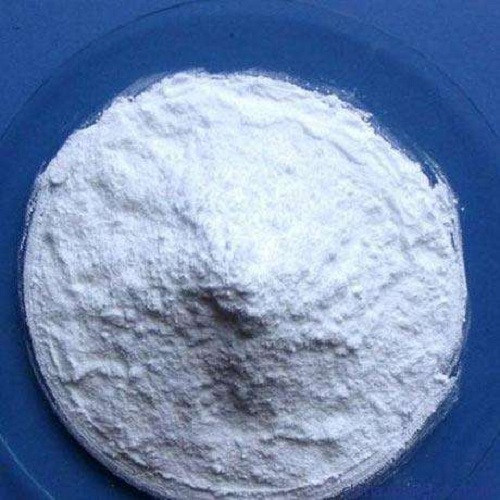Basic Info
Color: Yellow
Appearance: Liquid, Colorless, Light Yellow Or Blue-gray Transparent With Viscous Liquid
Molecular Weight: 284.2
Melting Point: 1089 ° C
Boiling Point: 2355 °C
Water Solubility: Soluble
Density: 2.33 G/mL At 25 °C
Relative Density: 2.614
Product Description
Sodium silicate, commonly known as saponin, is a water-soluble silicate. Its aqueous solution, commonly known as water glass, is a mineral binder. The chemical formula is R2O·nSiO2, wherein R2O is an alkali metal oxide, and n is a ratio of the number of moles of silica to the alkali metal oxide, and is called the mole number of the water glass. The water glass commonly used in construction is an aqueous solution of sodium silicate. (Na2O·nSiO2)
Chinese name: Sodium silicate
English name: Sodium silicate
Aliases: saponin, water glass
Chemical formula: Na2SiO3·9H2O
Molecular weight: 284.2
CAS registration number: 1344-09-8; 106985-35-7
EINECS accession number: 215-687-4
Melting point: 1089 ° C
Boiling point: 2355 °C (lit.)
Water solubility: H2O: soluble
Density: 2.33 g/mL at 25 °C (lit.)
Appearance: a viscous liquid that is colorless, light yellow or blue-gray transparent.
Application: as an analytical reagent, fabric fire retardant and adhesive
Hazard symbols: F, Xi, T, C
Hazard Description: 11-36/38-34-23/24/25-36/37/38-35-20/21/22-37
Dangerous goods transport number: UN 2922 8/PG 2
Relative density: 2.614
Refractive index: 1.520

Physical and chemical properties: strong adhesion, high strength, good acid resistance, heat resistance, poor alkali resistance and water resistance.
Chemical formula: Na2SiO3·9H2O
Properties: colorless orthogonal bipyramidal crystal or white to off-white block or powder. Can be weathered. Six molecules of crystal water were lost at 100 °C. Soluble in water, soluble in dilute sodium hydroxide solution, insoluble in ethanol and acid. Melting point 1088 ° C. Low toxicity, half lethal dose (rat, oral) 1280mg/kg (no crystal water)
Storage: Sealed in a cool, dry and preserved condition.
Uses: Analytical reagents, fire retardants, adhesives.
Use of water glass
The mixing ratio of quartz sand and alkali, ie the molar ratio of SiO2 and Na2O, determines the modulus n of sodium silicate, and the modulus shows the composition of sodium silicate. The modulus is an important parameter of sodium silicate, generally 1.5 to 3.5. between. The larger the modulus, the harder the solid sodium silicate is dissolved in water. When n is 1, the normal temperature water can be dissolved. When n is increased, hot water is needed to dissolve. When n is greater than 3, steam of 4 atmospheres or more is required to dissolve. The larger the modulus of sodium silicate, the more the content of silicon oxide, the higher the viscosity of sodium silicate, the easier decomposition and hardening, and the increased adhesion. Therefore, different modulus of sodium silicate has different uses. Widely used in common casting, precision casting, paper, ceramics, clay, mineral processing, kaolin, washing and many other fields.
Modification principle: Na2SiO3+CO2+H2O=H2SiO3↓+Na2CO3
CONTACT US
Shaanxi United Xingchuang International Co., Ltd.
Address: Fengdong New City of XiXian New Area, Shaanxi.,Xian,Shaanxi
Contact Person: Sally Sun
Phone:86-029-81501976
Fax:86-029-81501976